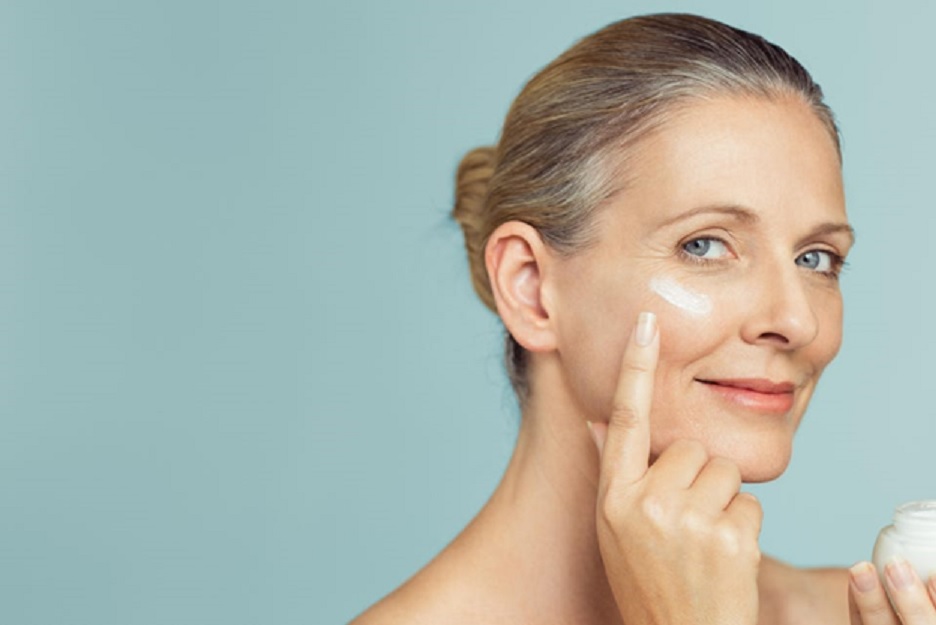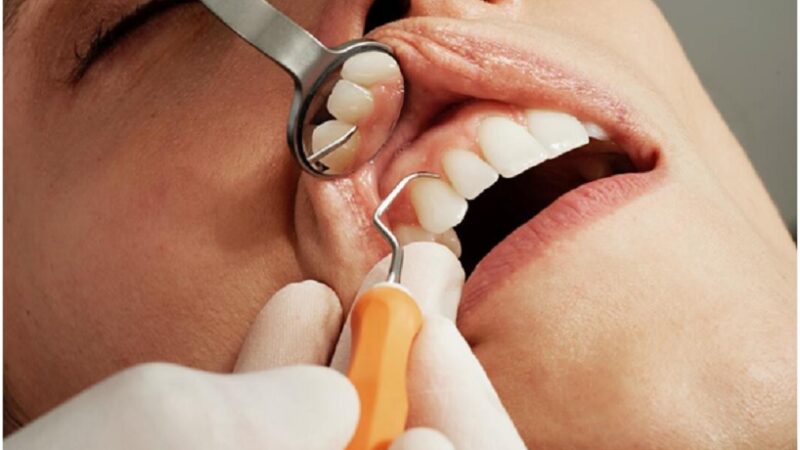They are in online ads and becoming dotted around most high streets; aesthetic clinics. But, if anything, what is meant by the term ‘aesthetic’ and constitutes facial aesthetics Kent?
In the context of a clinic service labelled facial, cosmetic or non-surgical aesthetics, they are minimally invasive procedures like injectables that allow someone’s appearance to be altered without needing surgery or anaesthesia. They usually involve dermal fillers like hyaluronic acid or semi-permanent treatments such as botox injections, but often skin peels and laser skin lightening or blemish removals are also considered under the same umbrella of treatments.
Aesthetic = cosmetic
It seems that the use of the word ‘aesthetic’ is a deliberate attempt to communicate the same meaning whilst trying to escape from a stigma associated with ‘cosmetics’, although they are synonyms and both relate to procedures that involve altering or adjusting the signs of ageing. The reason why the term ‘cosmetic’ is being avoided by many clinics has been related to aggressive marketing and the use of coercive strategies to sell products.
There is nothing inherently wrong with cosmetics, after all, people have been altering their appearances for centuries using makeup. And, for a lot of people, the use of the word ‘aesthetic’ is just confusing. So, if someone approaches cosmetic procedures, it is important to do so from a position of strength and confidence; your aesthetics are yours to shape and change in any way you choose.

Anti-ageing or rejuvenation?
Facial cosmetics have always been heavily orientated around giving a youthful look with a possible exception around lip fillers, which focuses on looking refreshed and sometimes even giving a slightly older appearance than they actually have.
In general, whether it be botox or hyaluronic treatment, the idea of reducing apparent wrinkles by relaxing surrounding muscles or pumping and filling the immediate area has been a significant draw towards these cosmetic options. Mixed with their impermanent and self-resolving nature, such treatments are a great solution for patients who wish to alter their aesthetics without having to undergo invasive procedures that could cause permanent undesirable changes.
Where to get treatment?
Under UK law, minimally invasive cosmetic treatments can be carried out with no medical training or licensing of any kind required; this has led to a wide variety in the quality of treatment carried out by practitioners. These range from very high-quality work performed in places like the plastic surgery departments of major private hospitals all the way to small independent kiosks that operate as part of hair and nail salons. Despite the additional costs, it is always wise to find a practitioner with medical training (at least that of a nurse or higher) to perform your facial aesthetics. Although these procedures and the products themselves are quite safe, the act of injecting somebody is not, and the majority of horror stories associated with injectables are to do with inappropriate needle techniques and poorly applied methods rather than the procedures and chemicals used. So, be certain of your provider before booking the treatment.









